
Cell Membrane Labeled Cell Membrane Structure, Plasma Membrane, Biology
Animation: Structure of the Plasma Membrane . Volume. Speed. Enter Full Screen. Video Duration Elapsed Time: 00:00 / Total Time: 00:00. Timeline Progress. Playback 0% complete. Animation: Structure of the Plasma Membrane . A video about the structure of the plasma membrane.
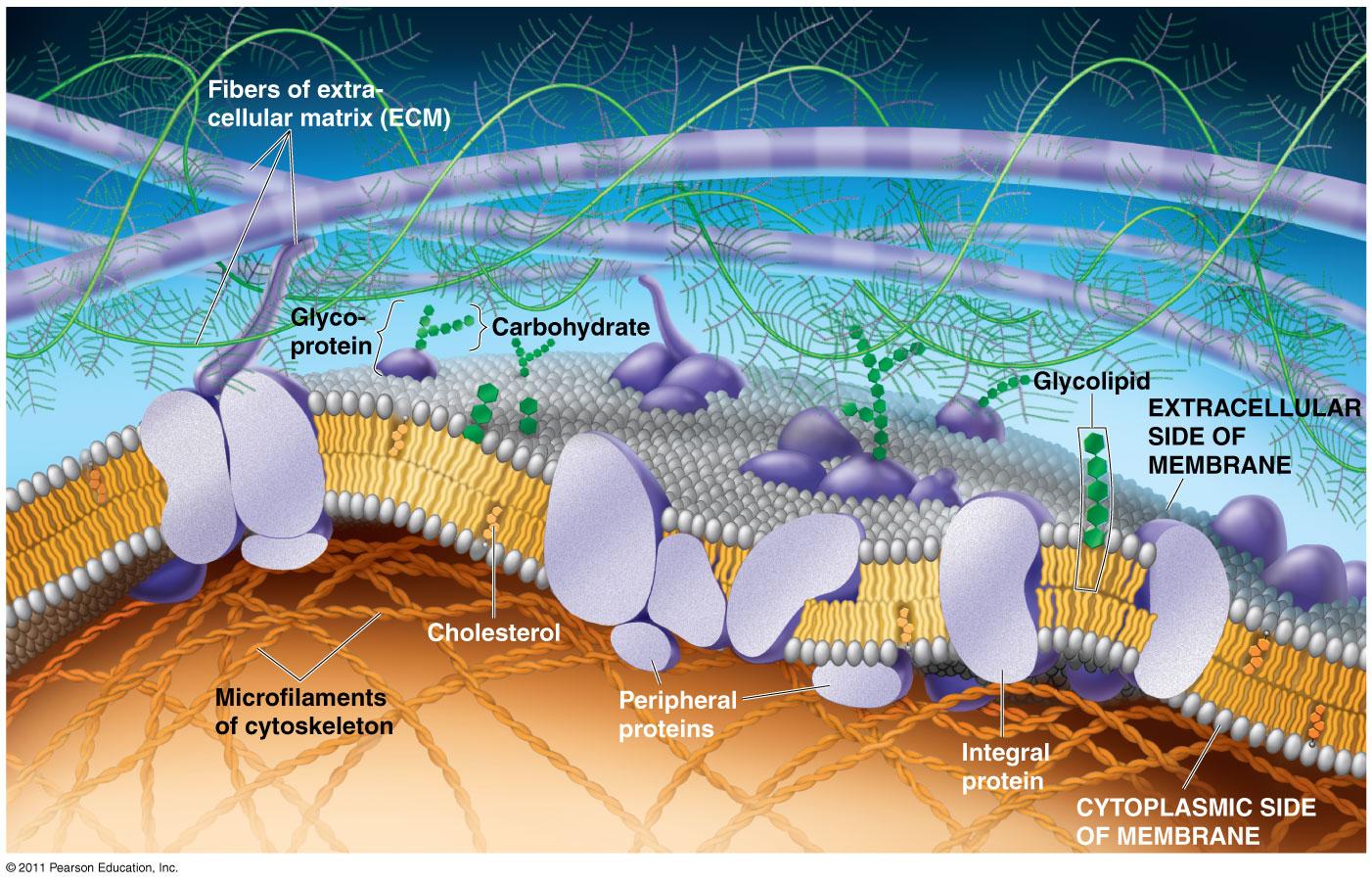
The Plasma Membrane Structure Anatomy & Physiology
The model describes plasma membrane structure as a mosaic of components which includes proteins, cholesterol, phospholipids, and carbohydrates; it imparts a fluid character on the membrane. Thickness of the membrane is in the range of 5-10nm. The proportion of constituency of plasma membrane i.e., the carbohydrates, lipids and proteins vary.

Cell Membrane Introduction, Structure & Function
Start studying Label the Plasma Membrane. Learn vocabulary, terms, and more with flashcards, games, and other study tools.

Who discovered fluid mosaic model of plasma membra
The plasma membrane—the outer boundary of the cell—is the bag, and the cytoplasm is the goo. Of course, a cell is ever so much more than just a bag of goo. It's a complex, highly organized unit, the basic building block of all living things. And the plasma membrane and cytoplasm are actually pretty sophisticated.
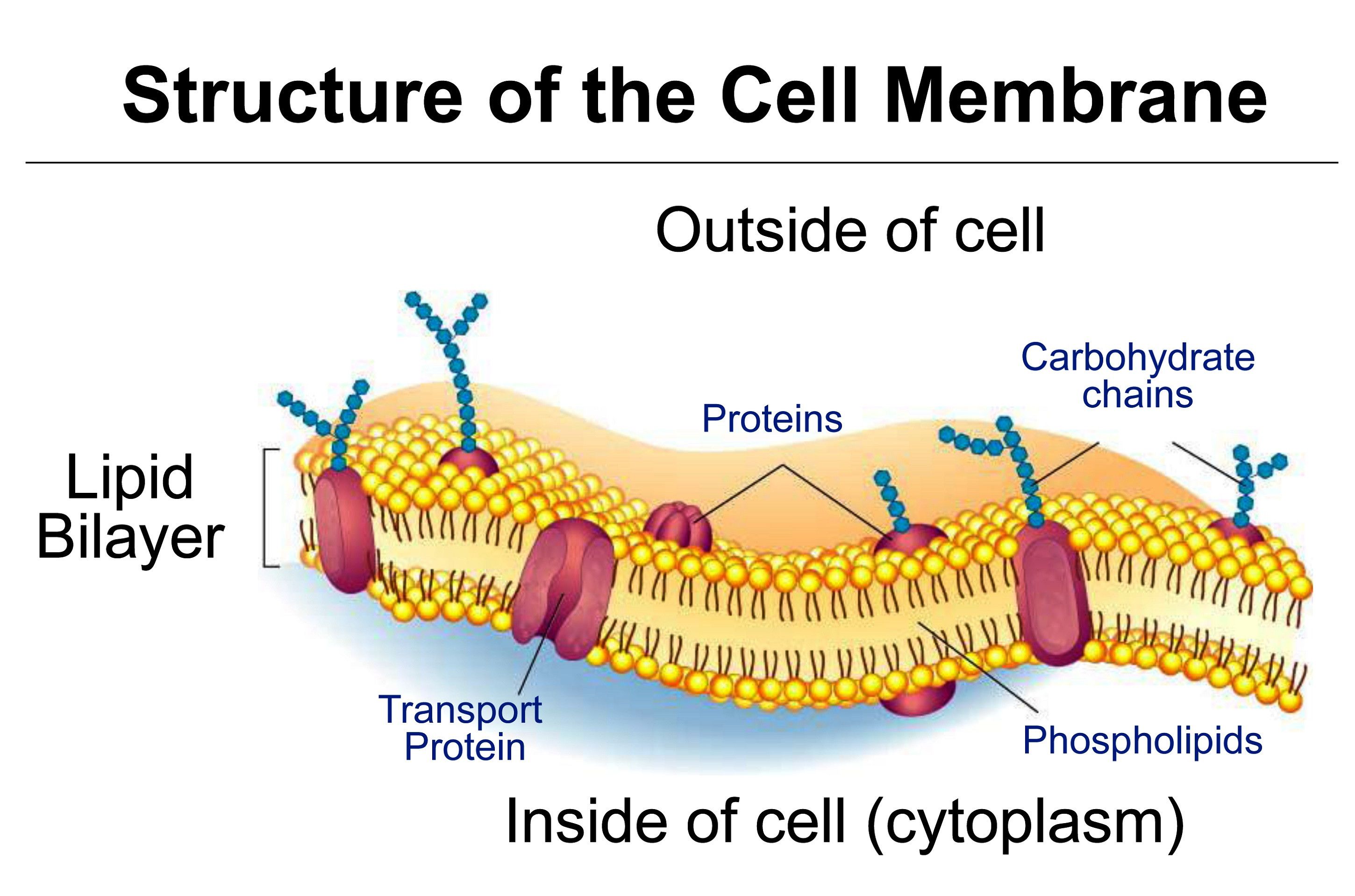
Plasma Membrane Location, Structure Functions Class 9 CBSE Class
11. protein type that spans the plasma membrane Activity 2: Label the Drawing.. The plasma membrane structure is primarily made of a phospholipid bilayer. Phospholipids are amphipathic, meaning.

diagram of cell membrane with labels
Imaging of phosphatidylcholine, sphingomyelin and their interorganelle lipid transport in live cells, using azido-choline and a spatially limited bioorthogonal tag, suggests that autophagosomal.

Structure Of Plasma Membrane Diagram / Components And Structure
Like all other cellular membranes, the plasma membrane consists of both lipids and proteins. The fundamental structure of the membrane is the phospholipid bilayer, which forms a stable barrier between two aqueous compartments. In the case of the plasma membrane, these compartments are the inside and the outside of the cell. Proteins embedded within the phospholipid bilayer carry out the.

Labeled Diagram Of Plasma Membrane Lovely Antphy 1 Study Guide 2014 15
Plasma Membrane Structure. The plasma membrane structure is a lipid bilayer that separates the interior of the cell from the exterior of the cell. Here we describe cell membrane markers that outline the cell boundary for fluorescence imaging. Fluorescent labeled lectins (e.g., wheat germ agglutinin (WGA)) can identify cell types or cellular.

cell membrane diagram Biological Science Picture Directory
The plasma membrane of a cell is a network of lipids and proteins that forms the boundary between a cell's contents and the outside of the cell. It is also simply called the cell membrane. The main function of the plasma membrane is to protect the cell from its surrounding environment. It is semi-permeable and regulates the materials that.

Characteristics of Plasma Membrane KarlyrtSimpson
The plasma membrane is a protective barrier that surrounds the interior of the cell. Also called the cell membrane, this structure is semi-porous and allows certain molecules in and out of the cell. It serves as a boundary by keeping the cell's contents inside and preventing them from spilling out. Both prokaryotic and eukaryotic cells have.

Plant Cell Membrane
Definition The plasma membrane, also called the cell membrane, is the membrane found in all cells that separates the interior of the cell from the outside environment. In bacterial and plant cells, a cell wall is attached to the plasma membrane on its outside surface. The plasma membrane consists of a lipid bilayer that is semipermeable.

Plasma Membrane Diagrams 101 Diagrams
5.1: Components and Structure. Among the most sophisticated functions of the plasma membrane is the ability to transmit signals by means of complex, integral proteins known as receptors. These proteins act both as receivers of extracellular inputs and as activators of intracellular processes. These membrane receptors provide extracellular.
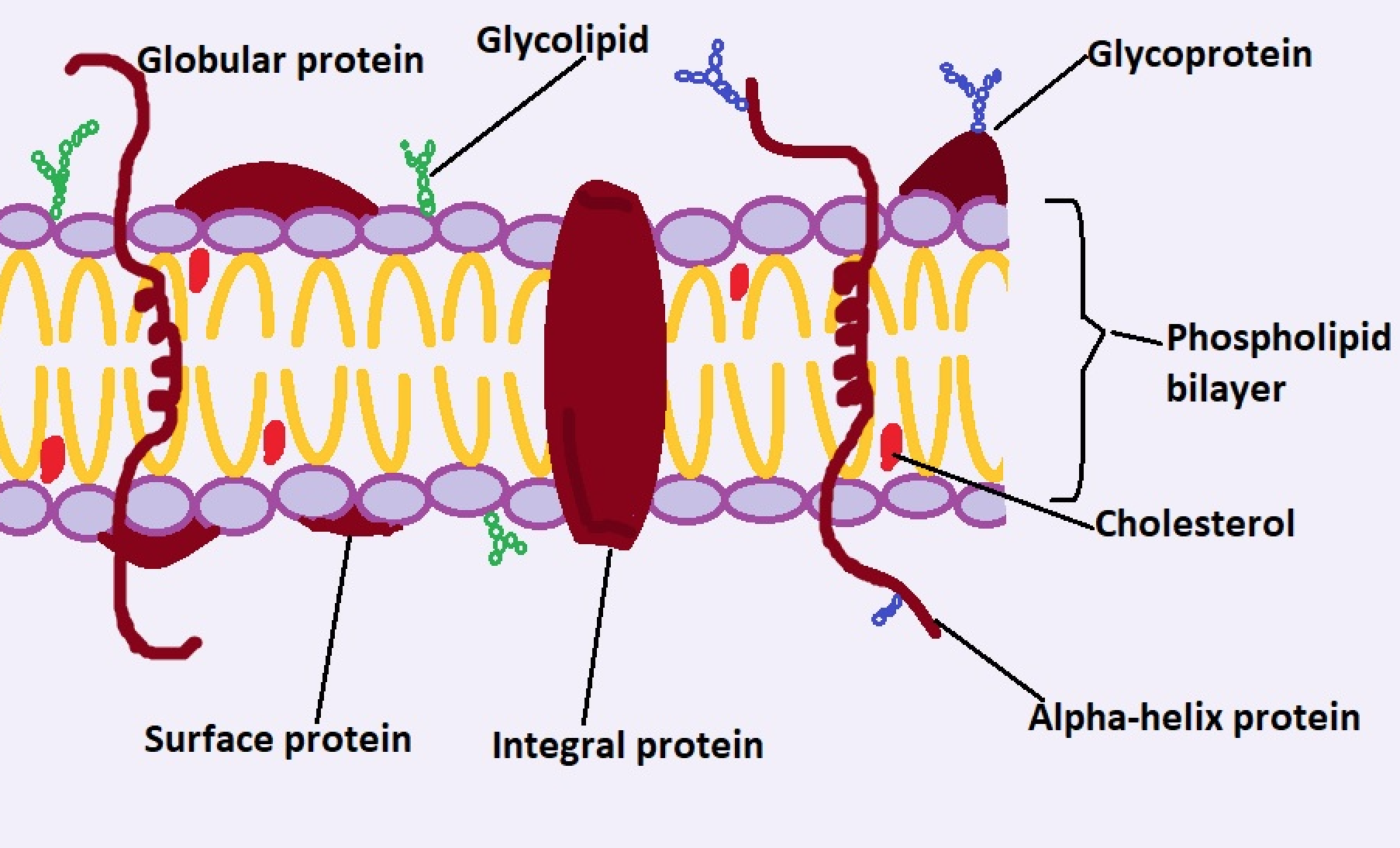
Functions of Lipids, Proteins, & Lipopolysaccharides on Cell Membrane?
Plasma membranes range from 5-10 nm thick. As a comparison, human red blood cells, visible via light microscopy, are approximately 8 μm thick, or approximately 1,000 times thicker than a plasma membrane. Figure 6.1.1 6.1. 1: The fluid mosaic model of the plasma membrane structure describes the plasma membrane as a fluid combination of.
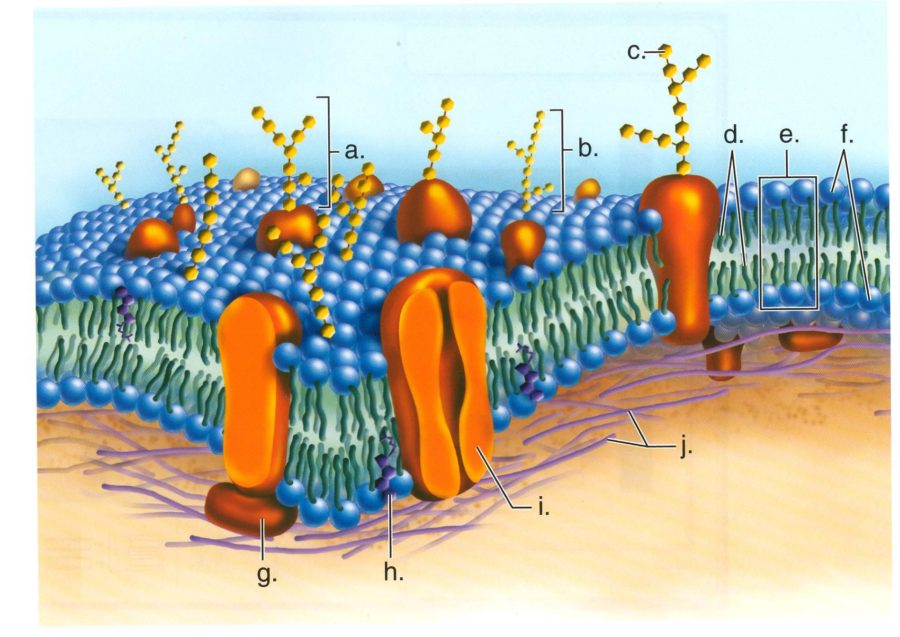
Plasma Membrane Diagrams 101 Diagrams
This cell membrane provides a protective barrier around the cell and regulates which materials can pass in or out. Structure and Composition of the Cell Membrane. The cell membrane is an extremely pliable structure composed primarily of two layers of phospholipids (a "bilayer"). Cholesterol and various proteins are also embedded within the.
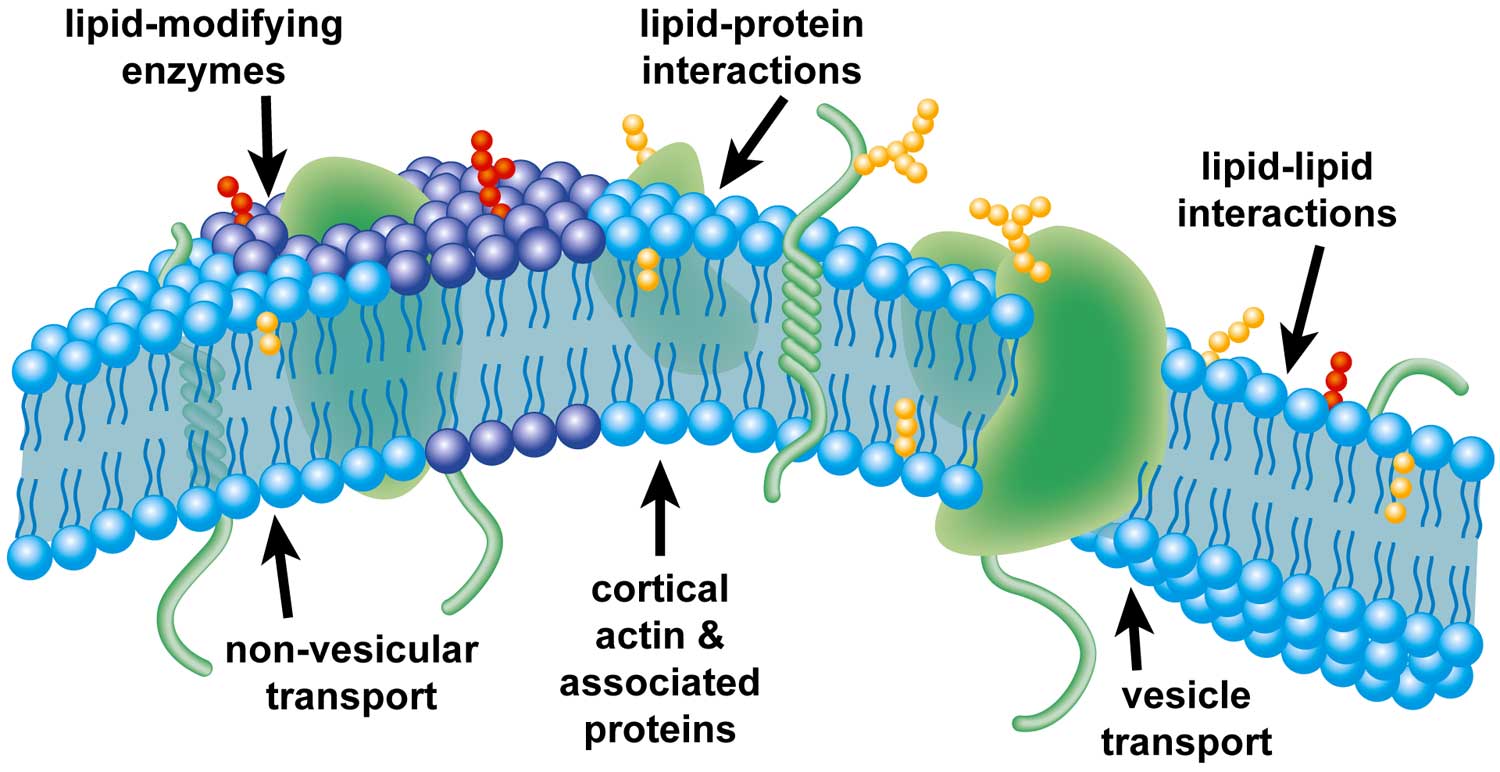
Membrane Structure and Diffusion Biology Quizizz
The fluid mosaic model describes the plasma membrane structure as a mosaic of components—including phospholipids, cholesterol, proteins, and carbohydrates—that gives the membrane a fluid character. Plasma membranes range from 5 to 10 nm in thickness. For comparison, human red blood cells, visible via light microscopy, are approximately 8.

Plasma Membrane Plasma membrane, Pharmacology nursing, Endocrine
Key Points. The principal components of the plasma membrane are lipids ( phospholipids and cholesterol), proteins, and carbohydrates. The plasma membrane protects intracellular components from the extracellular environment. The plasma membrane mediates cellular processes by regulating the materials that enter and exit the cell.